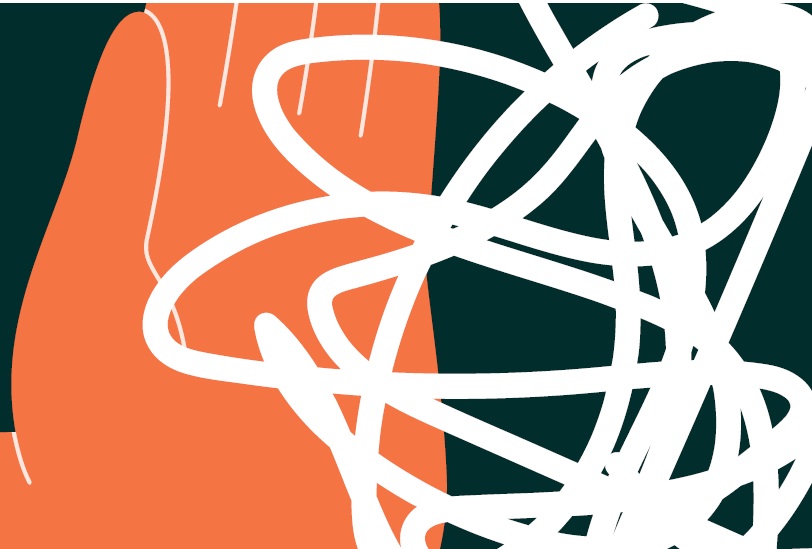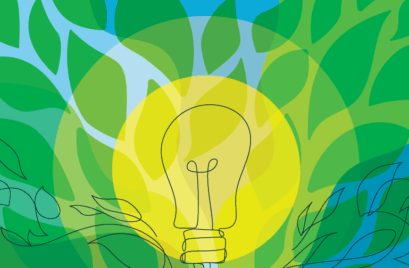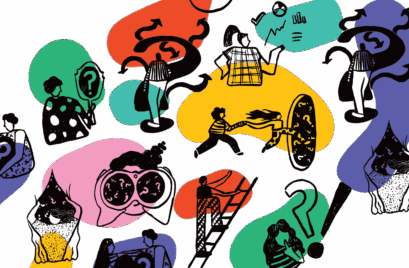
We live in a world where change is constant, relentless, and sometimes overwhelming. Here in Australia, employees today face an average of 19 organisational changes per year, a number that’s almost hard to fathom. No wonder the willingness to support change has dropped sharply from 74% in 2016 to just 43% in 2022 (Gartner, as cited in Harvard Business Review, 2023). This isn’t merely a statistic; it’s a human story of fatigue, frustration and disconnection. When we talk about transformation and agility, too often the focus land squarely on systems, processes, or output targets. But what if the problem is that we’re designing for machines, not for humans?
This is the core challenge of modern organisational design, it’s no longer enough to optimise for efficiency or output alone. We need to centre the human experience, the lived reality of people navigating constant change, unclear roles, and high-friction environments. After all, work is ultimately about human effort, creativity, and connection.
Change fatigue and work friction are real and rising. Two-thirds of employees report working in environments rife with friction, those unseen snags and obstacles that drain energy and diminish engagement (Gartner, 2023). Layers of approvals, hybrid autonomy (a confusing mix of freedom and constraint), and fragmented collaboration create unnecessary barriers.
It’s time to see these issues not as inevitable byproducts of complex organisations but as symptoms of legacy design. Our systems must evolve from being merely functional to genuinely human-centred. That means thinking beyond workflows to thinking about how work feels, how it energises or drains, and how it shapes a person’s sense of purpose and belonging.
At the heart of this shift is leadership. Leaders have always been the custodians of culture, clarity, and trust. Today, these qualities are more crucial than ever. The future of work isn’t just about speed or flexibility; it’s about creating workplaces that are frictionless, focused, and fulfilling.
The Hidden Toll of Friction – How Leadership Can Lighten the Load
If you’ve ever felt stuck in a tangle of email approvals, endless meetings, or blurred responsibilities, you’re experiencing work friction in its most tangible form. And that friction doesn’t just slow us down… it fuels burnout. The challenge lies in the complexity of modern work. Hybrid models of a matrix and agile system offer autonomy but often without clarity; collaboration is vital but can become fragmented. When teams don’t have clear decision rights, or when processes overlap and contradict, the result is wasted effort and
emotional exhaustion.
Yet these challenges are not insurmountable. Research shows that reducing friction through thoughtful design improves performance and retention. Streamlined workflows, clear roles, and empowered decision-making foster focus and energy. Leaders play a pivotal role in this. Their actions can either amplify friction or dissolve it. At its simplest, leadership that reduces friction means enabling people to do the basics well: communicate clearly, create genuine connection, and listen deeply. This isn’t about adding more to leaders’ plates; it’s about sharpening what they already know – that good leadership is about intention, clarity and care. By reducing unnecessary signoffs, clarifying autonomy, and enabling asynchronous work, leaders free themselves and their teams to focus on what truly matters. Take the example of Dropbox, who intentionally designed collaboration to be asynchronous by default, creating core focus hours and protected solo time. This kind of intentional design reduces noise and fosters real productivity.
But agility alone won’t save us. Agile teams can become chaotic if they lack clear coordination, digital enablement, and defined decision rights. The default organisational response to chaos, more meetings, more oversight, only fuels fatigue. This is where smarter design and leadership converge. The future demands coordination, not just collaboration; psychological safety, not just speed.
Psychological Safety, Trust, and SMART Design – Foundations for Sustainable Agility
Psychological safety, trust, and belonging are often mischaracterised as “soft” or “nice-to-have” elements of culture. The reality is they’re the essential soil from which innovation, learning, and resilience grow. When people feel safe to speak up, challenge assumptions, or admit mistakes, the whole organisation learns and adapts faster. Without psychological safety, teams lose the courage to experiment or surface risks, and that creates hidden vulnerabilities. This principle is well established by Amy Edmondson’s work on fearless organisations and reinforced by Google’s Project Aristotle, which found psychological safety to be the single most important factor in highperforming teams. But how do we intentionally create these conditions? Leadership again is the answer.
Leaders set the tone through everyday interactions: encouraging voice, modelling inclusivity, and tolerating risk. Trust and belonging are not abstract policies, but daily experiences shaped in the moments of connection between leader and employee. Enter Dr Sharon Parker’s SMART work design framework, which offers a research-backed blueprint to bring science into our human-centred design.
SMART stands for:
Stimulating – Meaningful and engaging tasks that inspire curiosity.
Mastery – Opportunities to build and apply skills, fostering growth.
Agency – Clear choice and control over how work is done.
Relatational – Genuine social connection and belonging.
Tolerable – Workload demands and pressures that are manageable and sustainable.
Parker, S. K., & Knight, C. (2023). The SMART model of work design: A higher order structure to help see the wood from the trees.
By aligning effort with purpose, building clarity around autonomy, and designing for social connection, SMART design helps organisations craft roles and workflows that sustain wellbeing and performance. This framework isn’t just theoretical; it’s a practical tool that leaders can use to reimagine work with human needs front and centre.
Leadership as the Human Interface – The Leverage Point for Better Work
In a world of digital systems, AI, and rapid change, leadership remains the most powerful lever in designing work that works for people. Gallup’s research shows that 70% of variance in team engagement is attributable to the team leader. When leaders do the basics: communicate with clarity, foster connection, listen with empathy they create environments where trust, safety and belonging flourish. Redesigning work isn’t about piling more tasks onto leaders but enabling them to do what works better: cutting through complexity, reducing friction, and supporting autonomy.
Leadership is not a box to tick but the very interface where the organisation’s systems meet its people. Every interaction builds or erodes trust and psychological safety. This is the
daily, human work behind any successful transformation. To thrive, organisations must embrace a human-centred strategy where leadership, wellbeing and strategy intersect. We don’t need more change; we need better design. Not just of processes, but of the human experience itself.
At Performance Frontiers, we believe that redesigning work for humans is the new frontier, not a fleeting initiative, but the essential strategy for resilient, sustainable organisations.
Because in the end, it’s people who bring organisations to life and it’s their experience of work that defines success.
References
- Delivering actionable, objective insights to executives and their teams. (n.d.). Gartner. (2023, 2025)
- Parker, S. K., & Knight, C. (2023). The SMART model of work design: A higher order structure to help see the wood from the trees.
- Schildt, H. (2020). The data imperative: How digitalization is reshaping management, organizing, and work. Oxford University Press.
- Edmondson, A. C. (2018). The fearless organization: Creating psychological safety in the workplace for learning, innovation, and growth.
- Gallup. (2020). State of the global workplace. Gallup Press.
- Poyton, B. (2025, February 24). Google’s project Aristotle. Psych Safety.








